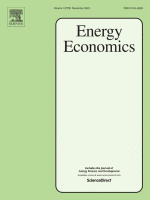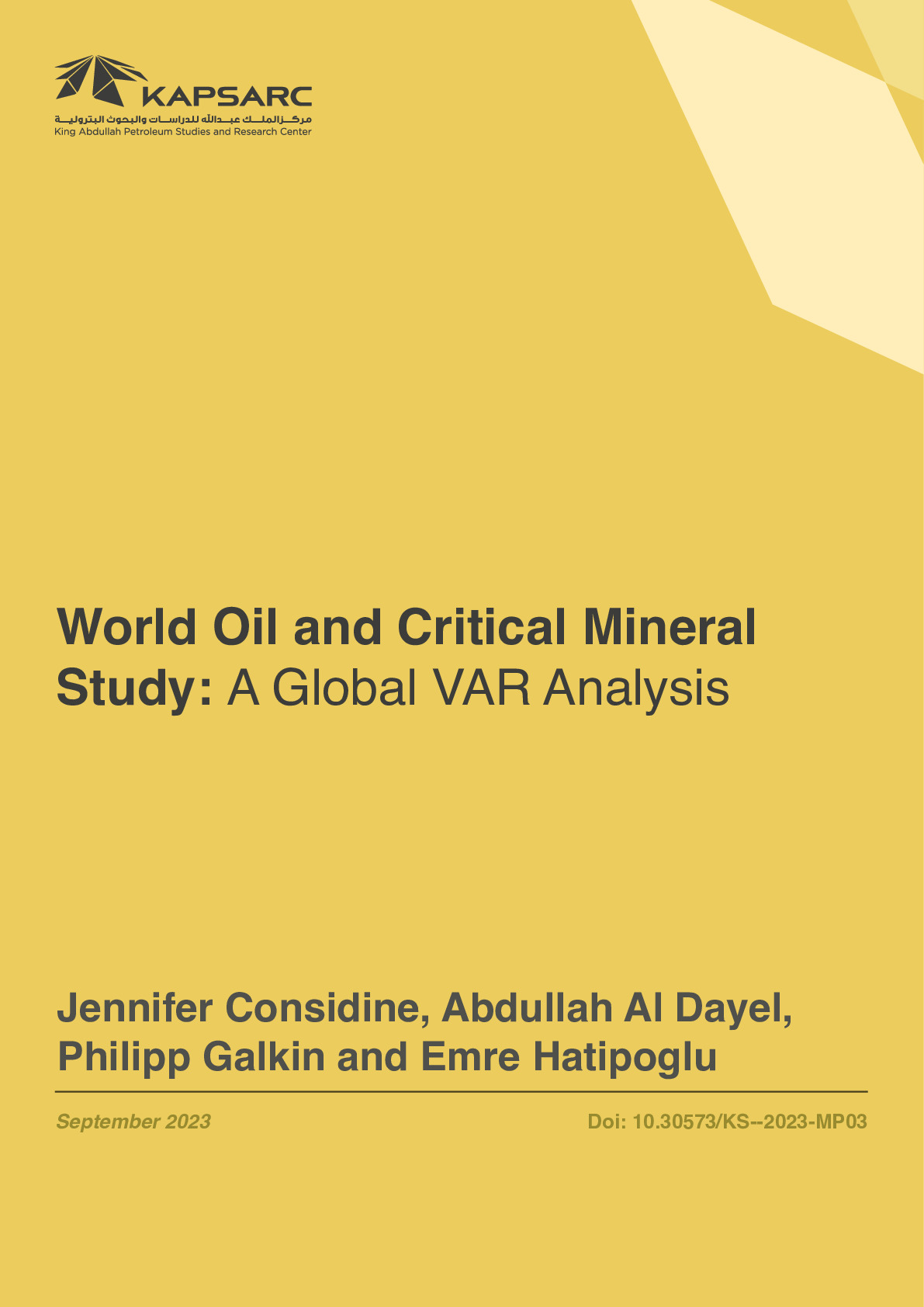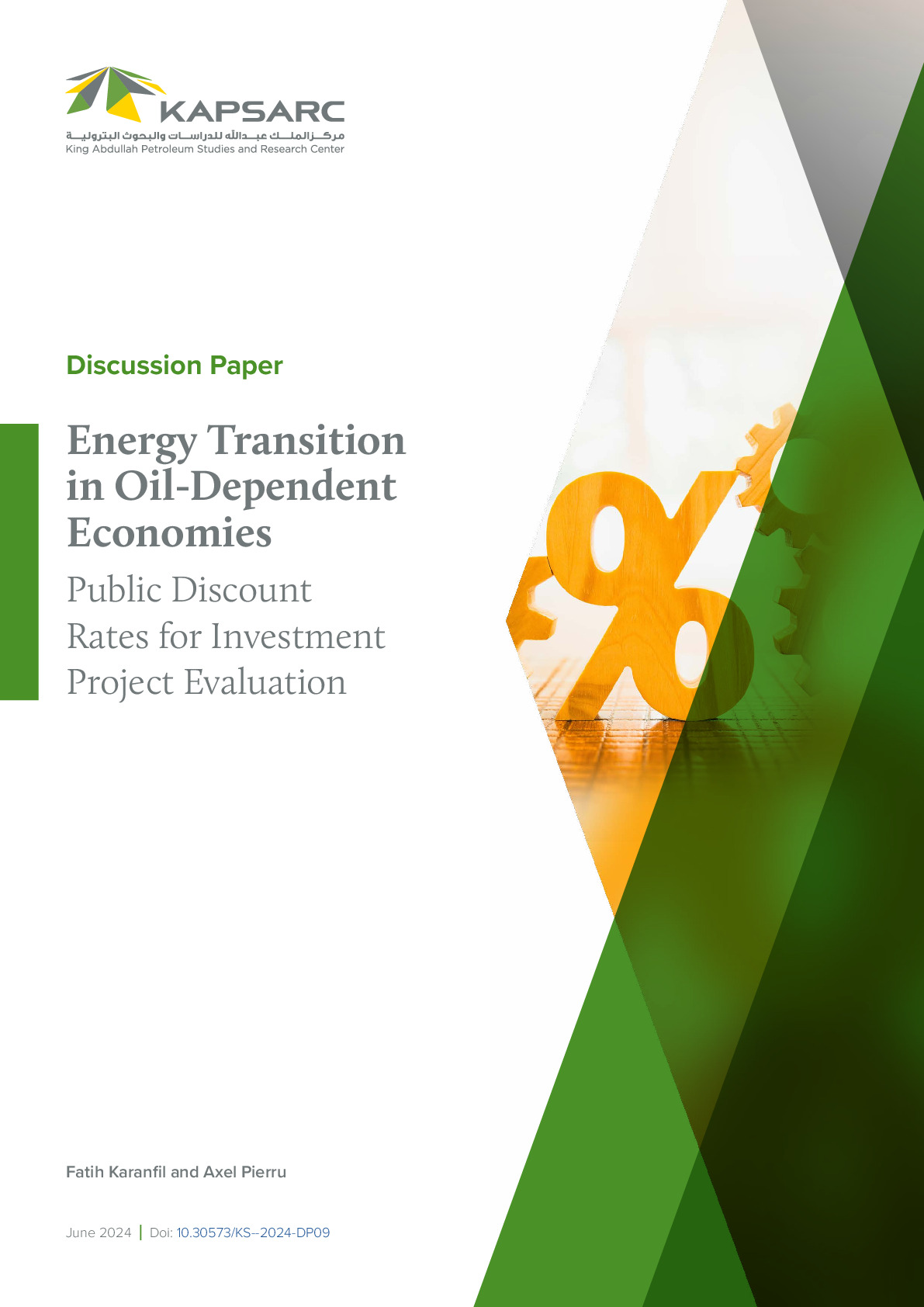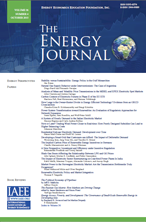China’s coal industry grew at unprecedented rates during the first decade of the 2000s in order to support equally unprecedented economic growth. In that type of environment, it is impossible for the capacities of every link in the supply chain to be correctly sized all the time. In order to understand the consequences of such mismatches, KAPSARC has developed a production and multi modal transshipment model of China’s domestic coal market, calibrated to 2011 data. This allows us to examine what the global and domestic consequences might have been had the bottlenecks not existed in 2011.

Visiting Researcher
Philipp is a visiting researcher at KAPSARC, working on the economic and policy aspects of energy supply and trade. Philipp’s…
Philipp is a visiting researcher at KAPSARC, working on the economic and policy aspects of energy supply and trade. Philipp’s work at KAPSARC includes evaluating the effect of preferential trade agreements on energy flows, analysis of OPEC energy policy and deriving insights related to China’s energy policy and its impact on global markets through modeling energy supply sectors.
Expertise
- International economic relations
- Regional and country studies and policy analysis
Publications See all Philipp Galkin’s publications

The Effects of a Shock to Critical Minerals Prices on the World Oil Price and Inflation
China’s coal industry grew at unprecedented rates during the first decade of the 2000s in…
1st November 2023
World Oil and Critical Mineral Study: A Global VAR Analysis
China’s coal industry grew at unprecedented rates during the first decade of the 2000s in…
26th September 2023





